#19th century fashion
Text




• Dress.
Designer/Maker: H. Leitner
Date: ca. 1886
Medium: Machine-woven wool fabric with velvet and lace decoration, steel buckle, machine and hand stitching.
#fashion history#history of fashion#dress#fashion#19th century fashion#19th century dress#19th century#H. Leitner#ca. 1886
621 notes
·
View notes
Text

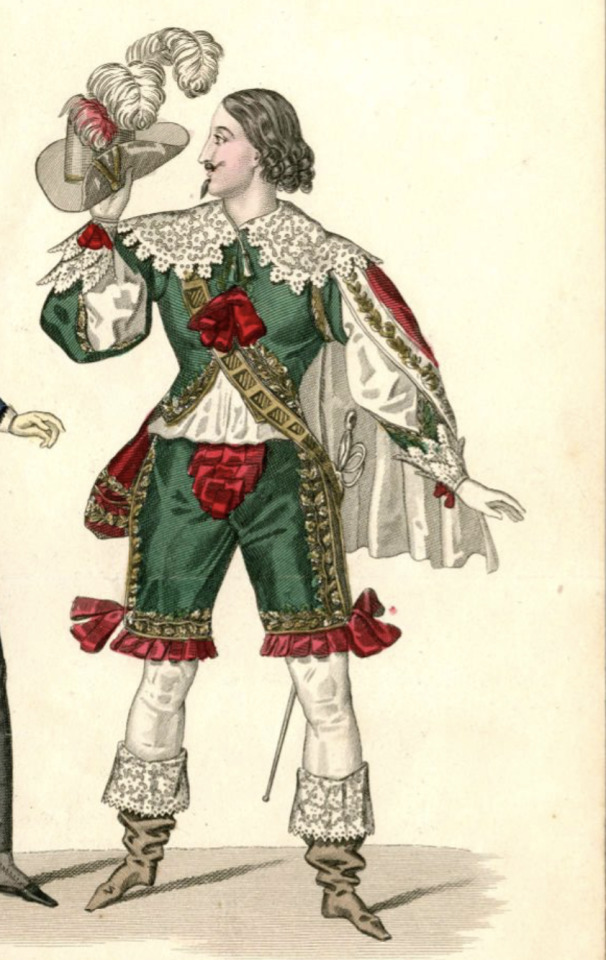
#yes i know these are for two very different purposes (leisurewear vs. costume party (?????)) but please humor me here 😅#i simply had to have the guy on the right in a poll and i couldn’t find anything more analogous to pair him with 😭😭#so i just had to make do with this#historical fashion polls#fashion poll#historical dress#historical fashion#dress history#fashion history#fashion plate#19th century#19th century fashion#19th century dress#early 19th century#mid 19th century#1830s fashion#1830s dress#1830s#1833#1834
103 notes
·
View notes
Text
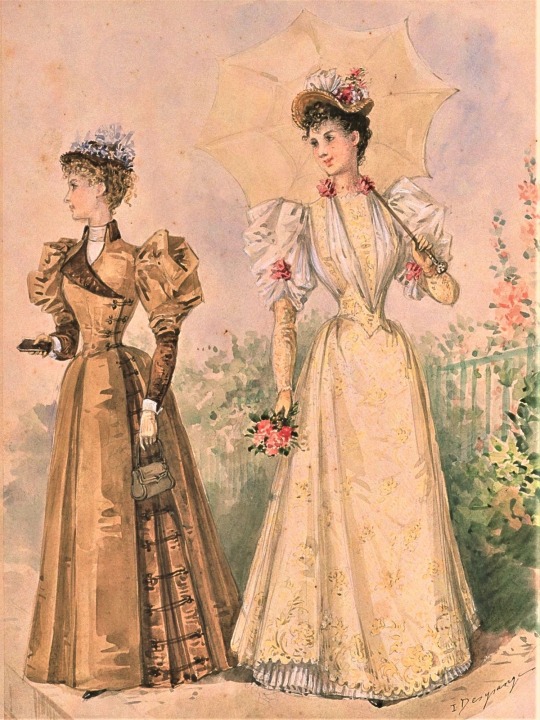
La Mode Illustree 1894
#historical fashion#fashion#historical#history#historical clothing#historical dress#long dress#textiles#victorian#victorian era#victorian clothing#1890s dress#1890s art#1890s fashion#1800s dress#1800s art#1800s fashion#19th century#19th century fashion#high fashion#old fashioned#dress#gown#fashion plate#histocial magazine#fashion magazine#fashion dress#victorian history#victorian dress#the gilded age
73 notes
·
View notes
Text
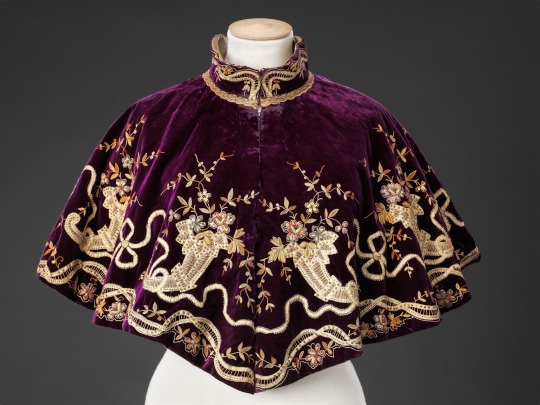

Cape
Late 1890s
The John Bright Collection
#historical fashion#history of fashion#fashion history#1890s fashion#1890s#19th century fashion#Victorian era#Victorian fashion#victorian#19th century#cape#fashion#history#vintage#vintage fashion#frostedmagnolias
7K notes
·
View notes
Text
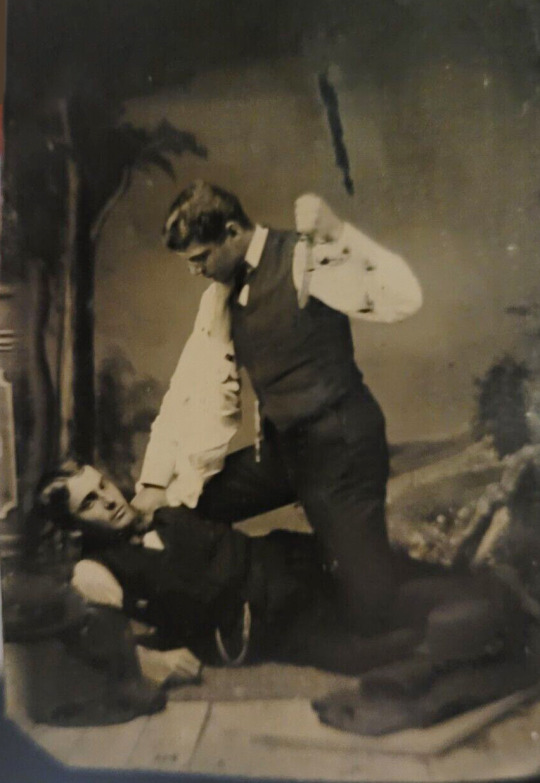
Tintype of what appears to be a light-hearted spot of stabbing between friends, circa 1880
#are they... you know... recreational homicide reenactors?#gay interest#19th century#19th century photography#tintype#ferrotype#19th century fashion#men's fashion#historical fashion#fashion history#1800s#1880s#winning hearts not acting awards
19K notes
·
View notes
Text
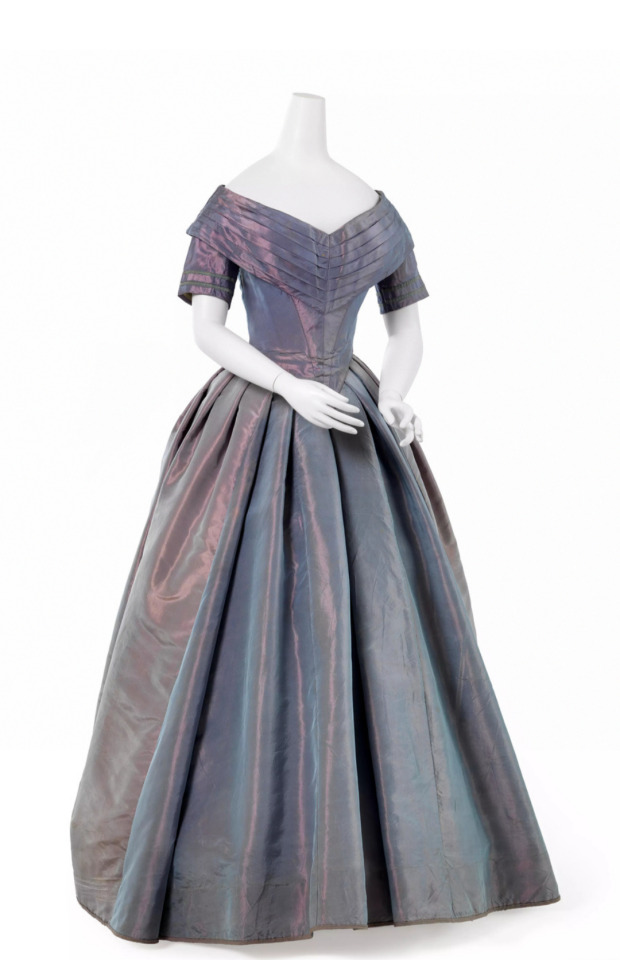

Ball gown, 1840-41
Maker: Unknown
From the collection of Wien Museum
#That's the most beautiful fabric I've ever seen#dress#clothing#historical dress#historical fashion#1840s#19th century fashion#ballgown#garments#costuming#historical costuming#victorian era#victorian fashion#19th century#my post#fashion#period fashion#historical clothing#fashion history#old fashion#iridescent#iridesence#fairy aesthetic#fairycore#light academia aesthetic#light academia
15K notes
·
View notes
Text
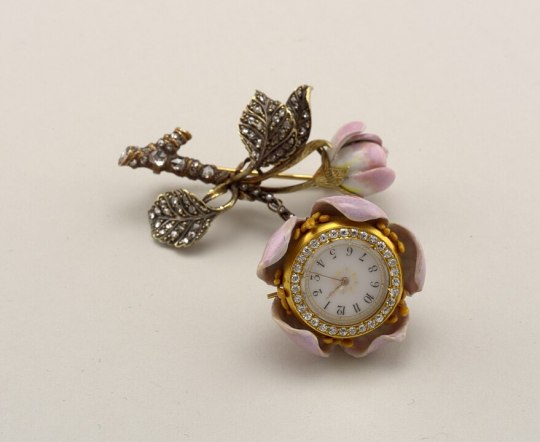
Lapel watch, USA, c. 1889, Cooper–Hewitt, Smithsonian Design Museum
#!!!! god this fucks!#vintage jewellery#vintage watches#timepieces#watches#historical fashion#fashion history#19th century fashion#19th century#victorian era#my post
1K notes
·
View notes
Text

Names of shades and when in Regency England they were most popular.
#fashion#fashion history#regency fashion#colors#dye#19th century#19th century fashion#regency#empire#empire fashion#'i don't care what mama says; jonquil is NOT a racketty colour!'#gimme that pomona green tho
996 notes
·
View notes
Text
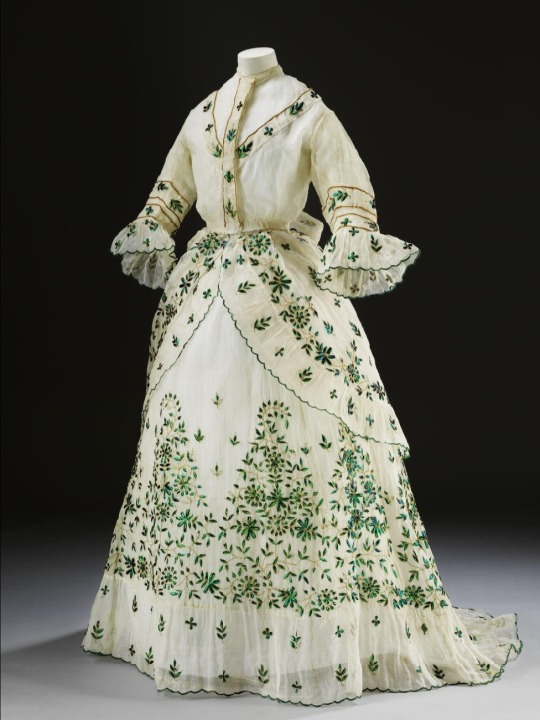

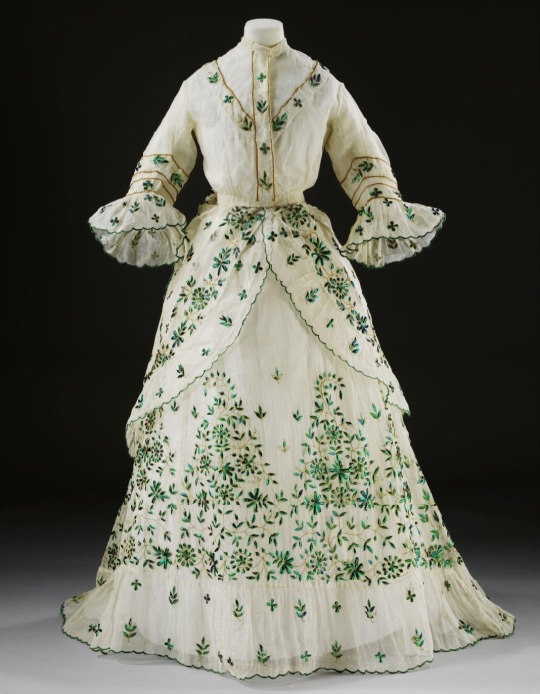

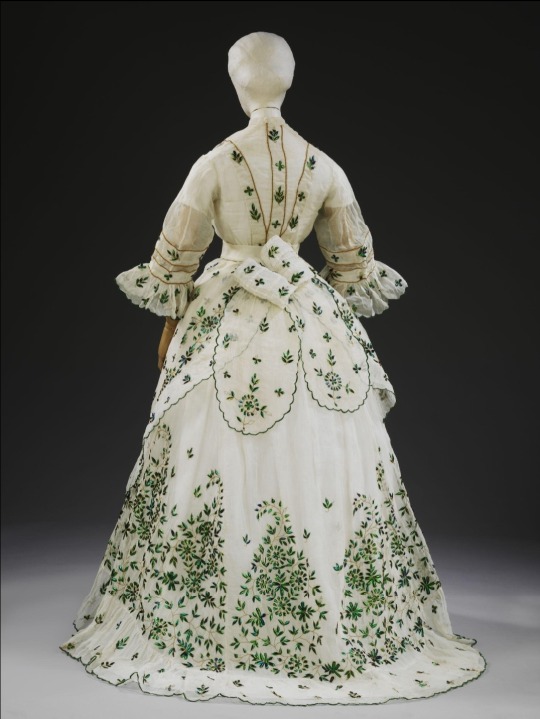


Dress of cotton muslin, gilded metal thread and Indian jewel beetles (sternocera aeqisignata), Britain, 1868-9
The wings of jewel beetles (buprestidae) were traditionally used to embellish textiles in South America and South and Southeast Asia. Emerald-green beetle-wing decoration became a symbol of high status in India during the Mughal period (1526-1756). Western traders in India then introduced these textiles to Europe in the late eighteenth and early nineteenth centuries. British newspapers report on several women wearing dresses decorated with beetle wings at court during the late 1820s and early 1830s. By the 1860s beetle wings were being imported to Britain in volumes of 25,000 per consignment, to be applied to textiles in imitation of the Indian technique. The wings were cut, shaped and arranged in stylised floral patterns, often accented with metal thread. The wings would have glittered in candlelight, achieving a sought-after iridescent and jewel-like effect.
#historical fashion#fashion history#19th century fashion#19th century#victorian fashion#1860s fashion
2K notes
·
View notes
Text
The Carrick Coat

James Tissot (French, 1836-1902) • On the Ferry Waiting • c.1878 • Private collection

A Carrick or Garrick (in Great Britain) is an overcoat with three to five cape collars, worn by both men and women primarily for travel and riding, in the 19th century.

Artist unknown. Costume Parisien. Chapeau de Velours. Carrick et Guêtres de Drap., 1816. Hand-coloured engraving. London: Victoria and Albert Museum
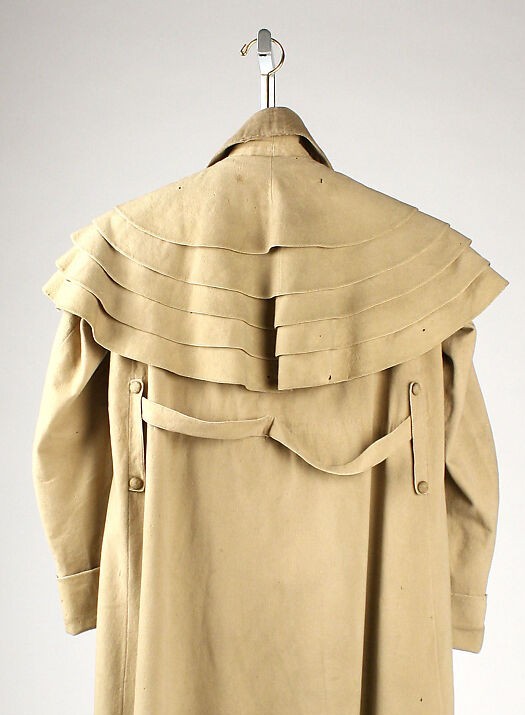
Sources:
Fashion History Timeline
Metropolitan Museum of Art
#art#painting#james tissot#french artist#art history#fashion history#art & fashion#the resplendent outfit blog#carrick coat#19th century fashion trends#19th century art#oil painting#fine art#victorian fashion#victorian era#19th century fashion
582 notes
·
View notes
Text

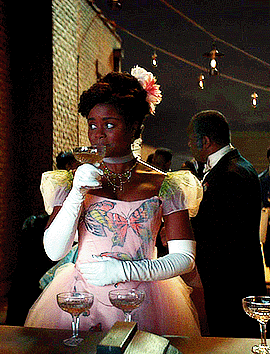
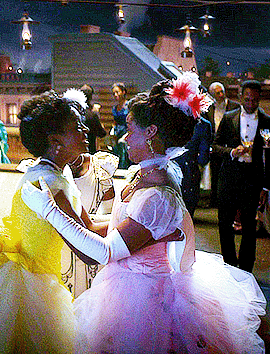


THE GILDED AGE costume appreciation:
2.07: "Wonders Never Cease" — Peggy Scott's pink evening gown with butterfly details
#the gilded age#costumeedit#thegildedageedit#perioddramaedit#periodedits#perioddramagif#perioddramasource#weloveperioddrama#onlyperioddramas#*meine#costume design#costumes#costume drama#19th century fashion#evening gown#victorian era#peggy scott#denée benton#pink#not really a fan of the butterfly print - it just looks so modern to me#but i love the barbie/princess aesthetic of this dress#and denée looks so pretty in pink!
823 notes
·
View notes
Text

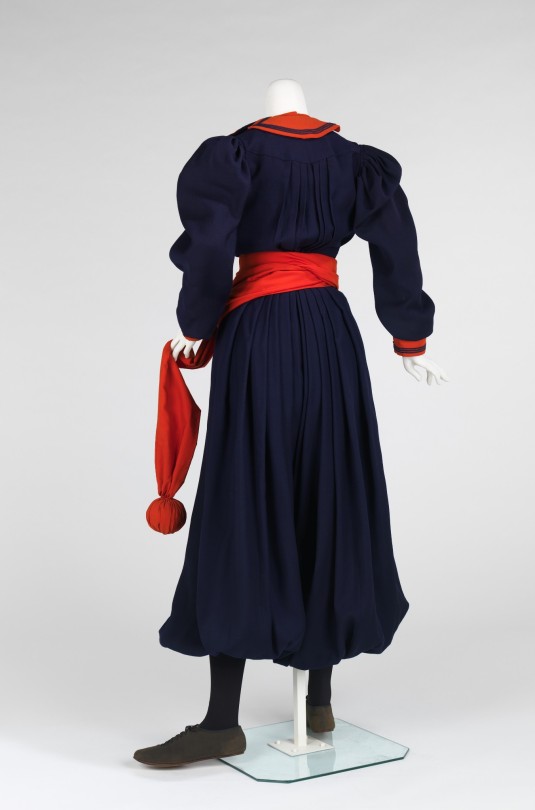

~ Gym suit.
Date: 1893–1898
Place of origin: United States
Medium: Wool, cotton, leather.
#fashion history#history of fashion#dress#fashion#19th century fashion#19th century#gym suit#1893#1898
3K notes
·
View notes
Text

#historical fashion polls#fashion poll#historical dress#historical fashion#dress history#fashion history#fashion plate#19th century#19th century fashion#19th century dress#late 19th century#1880s fashion#1880s dress#circa 1880#1880s#circa 1886#1886
55 notes
·
View notes
Text

La Mode Illustree 1890
#historical fashion#historical#fashion#history#historical clothing#historical dress#long dress#textiles#victorian#victorian era#fashion plate#histocial magazine#fashion magazine#magazine#1890s dress#1890s art#1890s fashion#1800s dress#1800s art#1800s fashion#19th century fashion#19th century#old fashioned#high fashion#dress#dresses#victorian clothing#victorian dress#victorian history#the gilded age
71 notes
·
View notes
Text
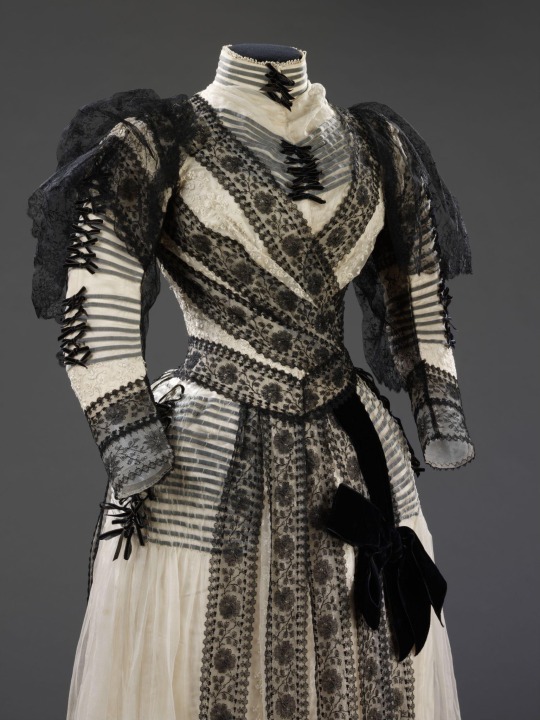


Dress
c. 1889-1892
maker: Sara Mayer & A. Morhanger
V&A Museum
#victorian dress#Victorian era#victorian gown#Victorian fashion#Victorian#1880s#1890s#history of fashion#historic fashion#historical fashion#fashion history#dress history#19th century#1800s dress#1800s fashion#19th century fashion#frostedmagnolias
1K notes
·
View notes
Text

Tintype of two seasoned sea dogs sitting calmly before the storm, c. 1860s
#in love with this man for choosing THIS backdrop for his portrait with his little dog#his brooding eyes; his clenched fists; the roiling sea about to devour its latest victims—and a fluffy lil pupper in his lap 🐶#19th century#1800s#1860s#1860s fashion#19th century fashion#fashion history#historical fashion#men's fashion#menswear#nautical#19th century photography#ferrotype#tintype#19th century men#vintage men#full fathom five thy chewtoy lies
822 notes
·
View notes